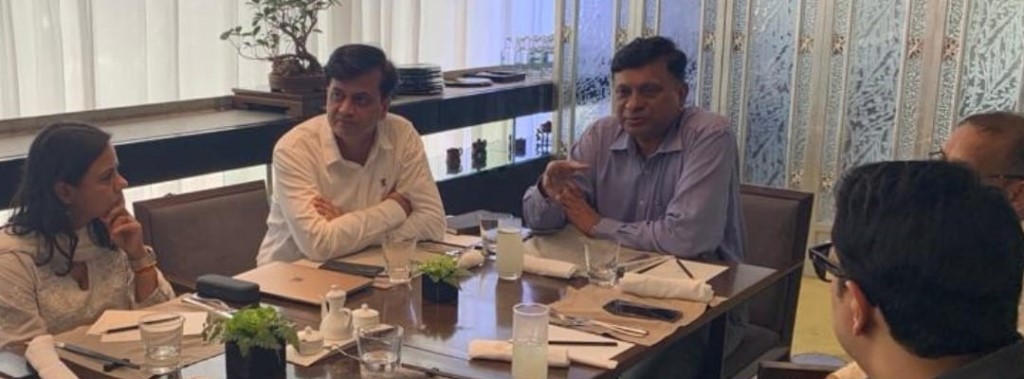An epic cinematic journey is all ready to hit the big screen on 22 March as Randeep Hooda brings to life the complex and inspiring tale of the freedom fighters, Swatantrya Veer Savarkar
 KRC TIMES Manipur Bureau
KRC TIMES Manipur Bureau

Waari Singbul Network
An epic cinematic journey is all ready to hit the big screen on 22 March as Randeep Hooda brings to life the complex and inspiring tale of the freedom fighters, Swatantrya Veer Savarkar.
From the intense portrayal of Savarkar’s life to the nuanced exploration of historical events, Hooda’s film promises a gripping experience, expected to highlight the challenges, sacrifices, and triumphs of a visionary who defied his circumstances.
The trailer, released on March 4th, offers a tantalizing glimpse into a film that promises to be more than just a routine biopic. Randeep Hooda, who not only helms the directorial reins but also steps into the shoes of Savarkar, deserves applause for daring to take on the challenging task of bringing this multifaceted character to life.
From the shadows of Abhinav Bharat to the halls of London, and from the tumultuous waters of Kalapani to the ideological battleground of the Hindu Mahasabha, the portrayal of Savarkar appears not only impressive but also commendable. The trailer suggests a meticulous exploration of Savarkar’s life, delving into the nuances of his involvement in key historical events.
The Indian film industry has a rich history of depicting the lives of freedom fighters and social reformers. From the early romanticized biopics to the groundbreaking “Gandhi” in 1982, which set a new standard for the genre, each film has contributed to shaping the narrative of India’s struggle for independence. “Swatantrya Veer Savarkar” seems poised to join this league, offering a fresh perspective on a crucial chapter of Indian history.
Hooda’s film appears to challenge the traditional portrayal of historical figures, much like the film, “Sardar” did for Vallabhbhai Patel in 1993. It seems to go beyond the conventional biopic formula.
The trailer hints at a subtle but effective depiction of a composite character named Prakash, blending M. S. Golwalkar and Savarkar. This portrayal conveys a sense of aversion, representing propaganda at its most nuanced and efficient. While some viewers may overlook the character, its negative connotations are transferred subliminally.
Historical figures like Gandhi are not spared from Hooda’s discerning lens. The film appears to challenge the post-independence cult of Gandhi-Nehru, presenting a reevaluation of non-violence and portraying Gandhi as a proponent of the caste system. This shift in narrative reflects a broader societal reassessment of historical figures, risking diminishing of the concept of Hindutva.
The complexity of Savarkar’s life presents a formidable challenge for any filmmaker, but Hooda rises to the occasion. The film delves into extensive research on Savarkar in the 1857 uprising, showcasing the depth of his contributions beyond the clichéd narratives of Hindu-Muslim unity.
In presenting Savarkar, Hooda faces the near-impossible task of avoiding a reverential portrayal. Savarkar, a visionary who defied circumstances, emerges as a multifaceted personality ahead of his time.
The film, releasing on March 22, is not just a tribute to Savarkar; it’s a cinematic endeavor that demands recognition for its ambitious exploration of history.





